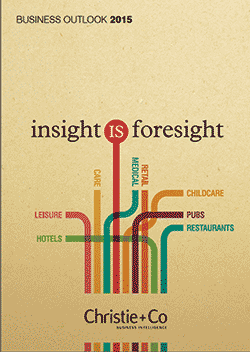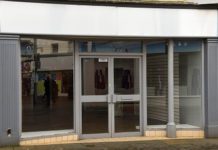Retail property prices rose by 11.3% after three years of decline.
C-stores still dominated by small businesses but multiples moving in.

And it is predicting that convenience store property will continue to grow in value.
Head of retail at the commercial property agent, Steve Rodell said: “The growth of the convenience retail sector is underpinned by UK consumers’ increasing reliance on local stores to pick-up essential groceries.
“The majority of convenience stores are still in independent ownership, although multiple operators are increasing their market share.”
The report quotes Association of Convenience Stores figures that show there are now more than 50,000 convenience stores in mainland UK and that the value of the sector grew by 5.2% in 2014.
Reporting that average prices for retail property showed a rise of 11.3% in 2014 following three years of price decline, the report predicts more growth in the coming years.
It says the supermarket chains are now more focused on convenience acquisitions than big store developments but adds: “The convenience sector continues to be dominated by small business owners who are willing to take smaller sites.”
It also points to a good year for the forecourt sector which it says now accounts for 17% of the convenience market.
Steve Rodell said: “The forecourt market structure is also changing, as oil companies
dispose of their retail businesses and independent groups
welcome the opportunity to step in.”
Of all the businesses Christie + Co was instructed to sell in 2014 (including hospitality, retail, medical and others), only 8% were as a result of distress factors such as insolvency. That matched the 2009 level and was well below highs of 24% and 22% in 2011 and 2012.
Of the seven business sectors that made up those distressed asset sales, retail was the third-least badly affected, accounting for only 3% of the total. Pubs accounted for 38% of distressed sales handled by the firm.













